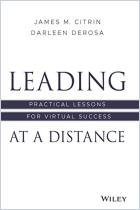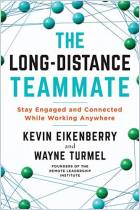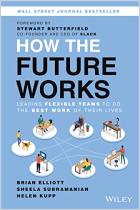Ben Bisbee and Kathy Wisniewski explore the unique challenges of managing long-distance. They understand that as remote employment continues to expand, middle managers need to embrace its advantages and challenges. Monitoring staffers is easier in an office, so a virtual relationship magnifies the need for trust. Managers must establish a system that supports productivity, deal flexibly with employees in various time zones and maintain their morale. Though writing pre-COVID-19, the authors fully examine this topic and drop in a laugh or two along with plenty of solid guidance.
Virtual workplaces pose unique challenges for managers.
Remote employment (among those not self-employed) has increased 140% since 2005, according to “Global Workplace Analytics 2018.” Middle managers may be familiar with some of the concerns that crop up in the remote workplace, but many issues turn out to be especially tricky, such as working with people in different time zones, promoting a positive online culture, dealing with the distractions of home offices, and building and maintaining morale.
Interacting with even one employee in another time zone makes you a member of the virtual workplace universe.Communicating with employees miles away requires flexibility, understanding and patience. For example, in a traditional office environment you may be accustomed to receiving replies to your emails fairly quickly. That won’t happen if you’re on the US East Coast three hours ahead of your West Coast contact. You’re even farther away in space and time from your international team members. For example, South Korea is 13 hours ahead of the East Coast; your employee may be sleeping...
Ben Bisbee is the chief vision officer at Rhinocorn, a design house for nonprofit innovation and advancement projects. Certified health coach Kathy Wisniewski has worked in the nonprofit sector for nearly 20 years.




















Comment on this summary or 开始讨论